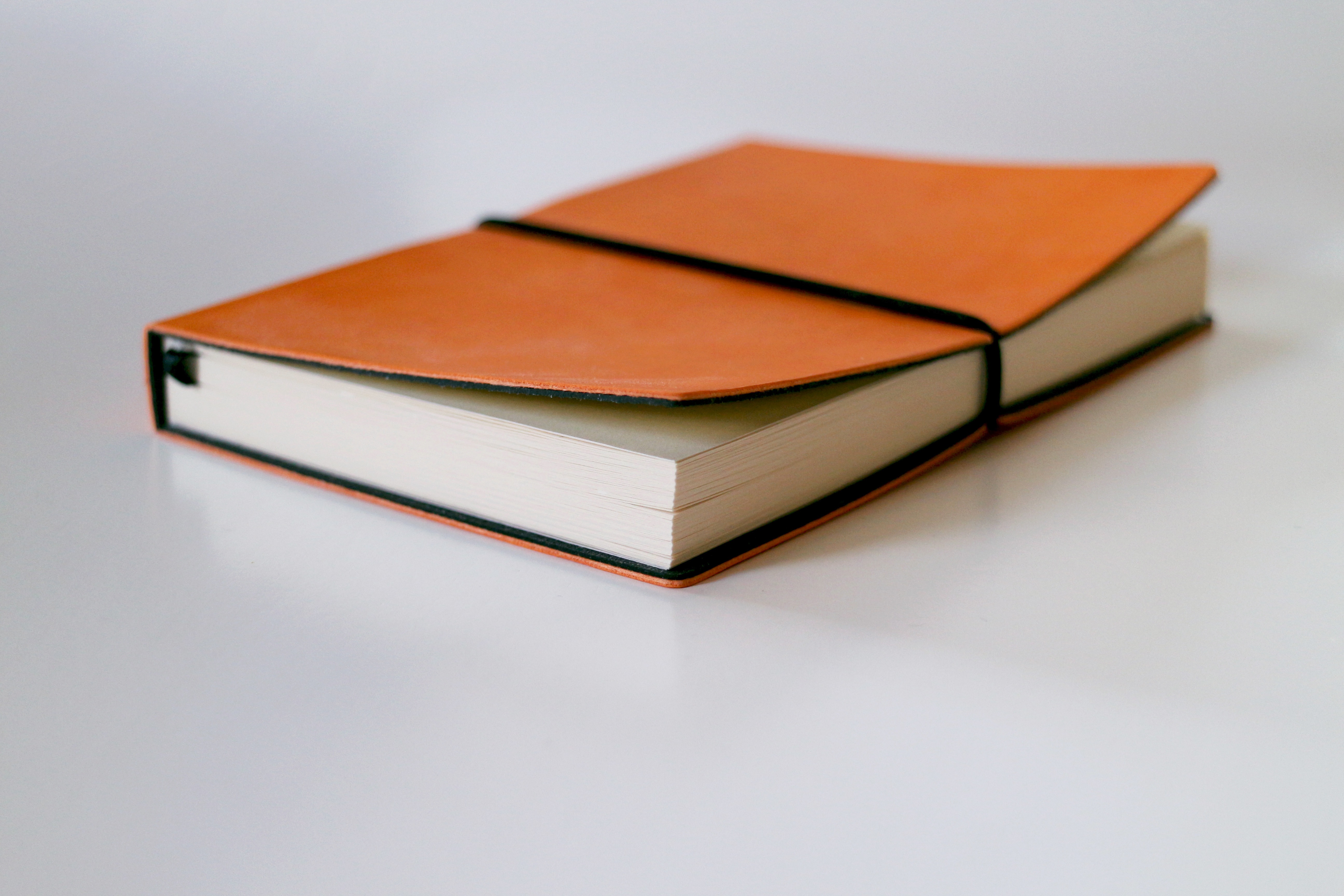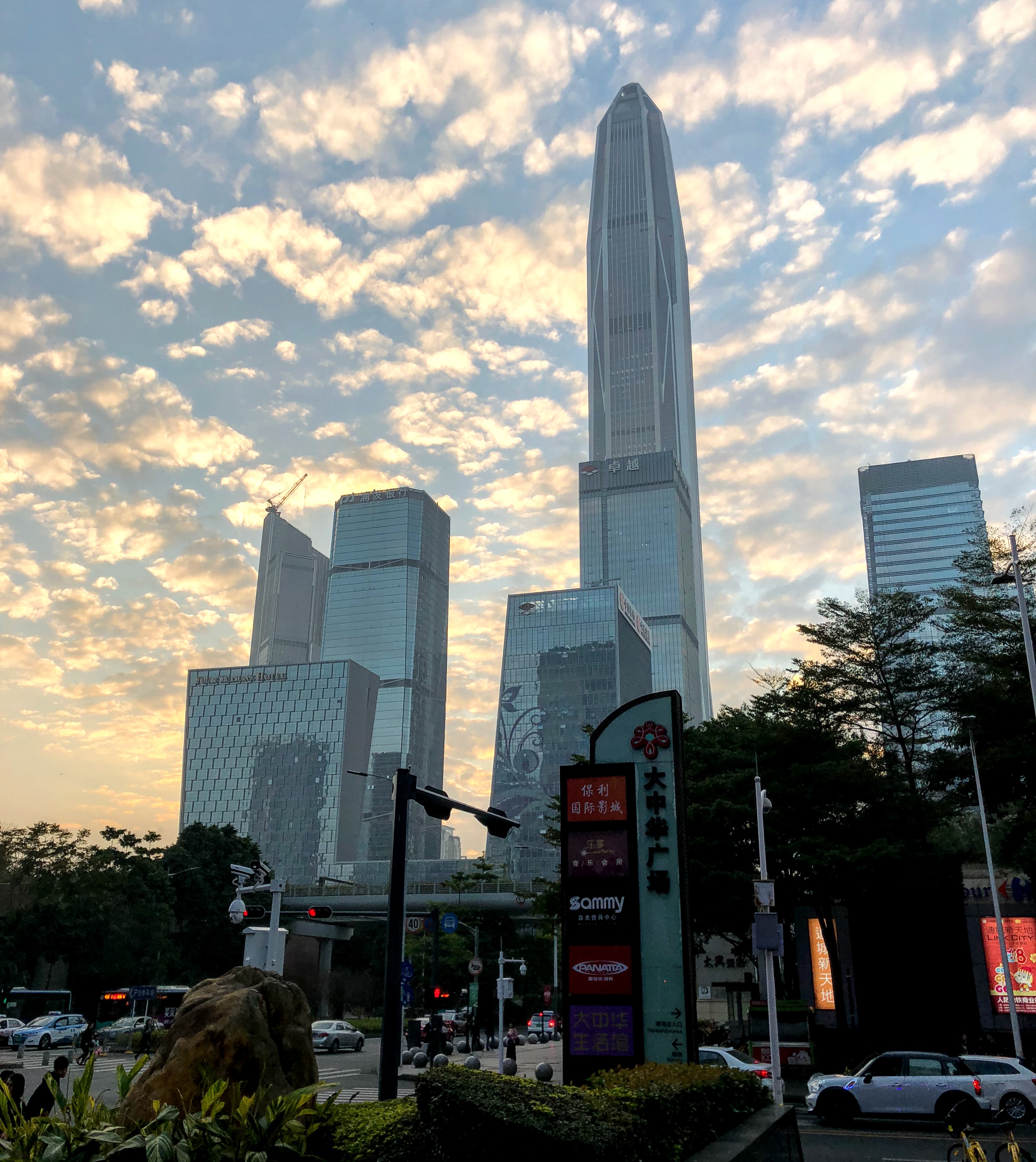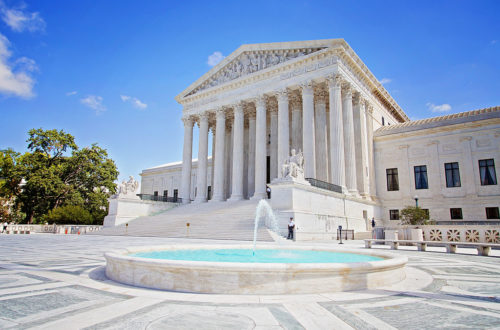Decision on Examination of Request for Invalidation (No. 58530) In one of China’s Top 10 Patent Re-examination / Invalidation cases of 2022, an invalidation decision on a patent claiming Hepatitis B Virus (HBV) RNAi compositions (No. 58530) by the Patent Re-examination Board (the “Board”) sheds light on the standard for post filing data for rejections against sufficiency and inventive step, issues often faced in the biopharmaceutical field, particularly with regards to inventions with sequence listings. This case, between Alnylam Pharmaceuticals Inc. (the “Patentee”) and Zhang Yuan (the “Petitioner”), also marks the first-ever invalidation decision in China for a patent related to RNAi. RNAi has been gaining traction in the pharmaceutical…
- China, China Patent Office, Court Cases, Courts, Invalidation, Inventions, Patent Law, Top 10 IP Case
- China, China Patent Office, CNIPA, Examination Guide, Invalidation, Patent Law, Proposed Changes, Updates and Changes
Foreigners Beware: China Proposes Requiring IP Made Using Exported Chinese Genetic Resources to be Co-Owned by Chinese Collaborators
Proposed Examination Guidelines for the New Chinese Patent Law – Topic 2: Genetic Resource Restriction How Will the Tightened Genetic Resource Restrictions Affect Your IP In 2019-2021, China’s Ministry of Science and Technology (“MOST”, or the Science Ministry) established several laws and regulations with respect to biosafety[1] and human genetic resources management[2] (collectively referred as “biosafety laws” herein for simplicity), namely to restrict (1) the collection, use and exportation of genetic resources as well as (2) the collaboration and sharing of genetic resources with foreign entities. To integrate the new biosafety laws and the country’s various regulations, the CNIPA has incorporated some additional updates regarding the genetic resource requirements in…
-
First Ever Successful Invalidation Challenge Due to Unauthorized Foreign Filing
What does an invention “completed” in China mean? China and the US are similar in that both countries highly value national security, and thus have rules regulating the exportation of technology and information from within their borders. This includes new inventions that arise from within their respective borders. As such, both governments require inventors who create IP within their borders to obtain approval by requesting a foreign filing license (or “confidentiality examination request“ in Chinese) before they can file a patent application in a foreign jurisdiction first (i.e., “export” the “technology”). In China, “inventions or utility models, of which the substantive content of the technical solution is completed within the…





